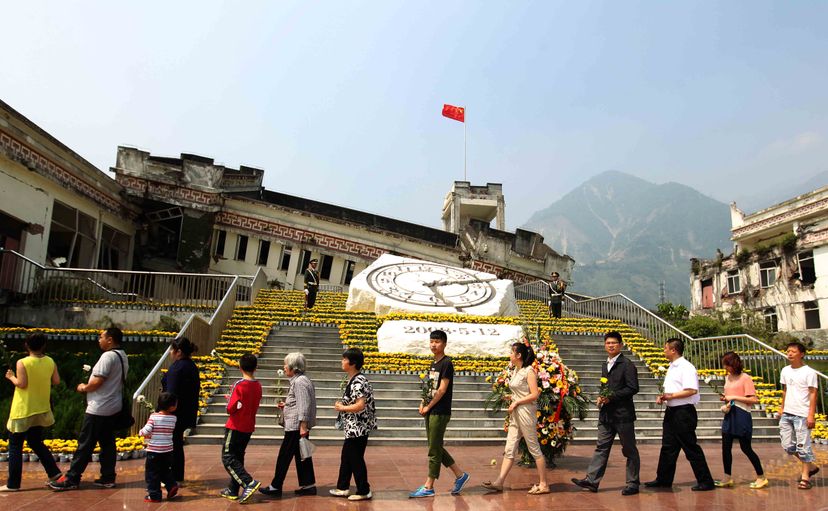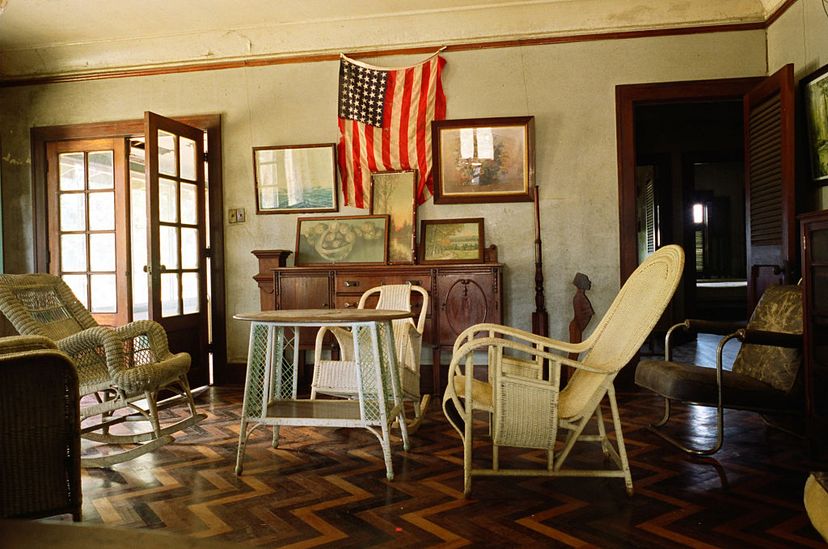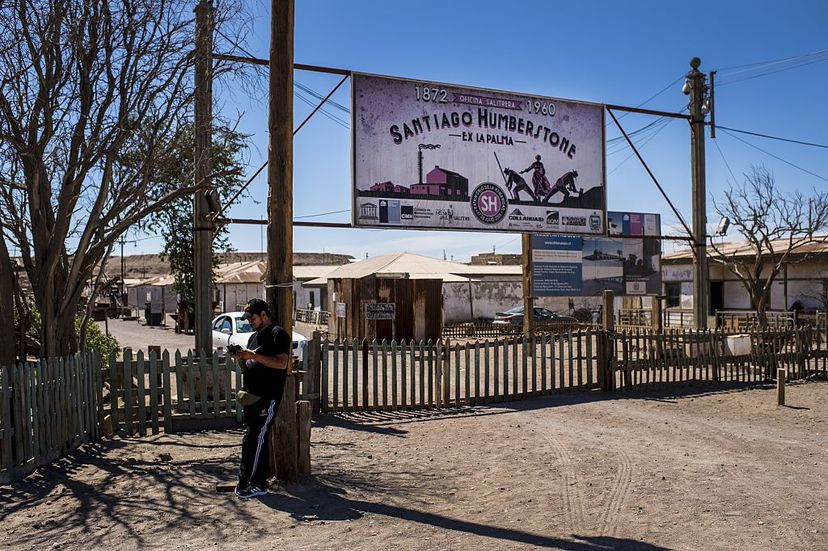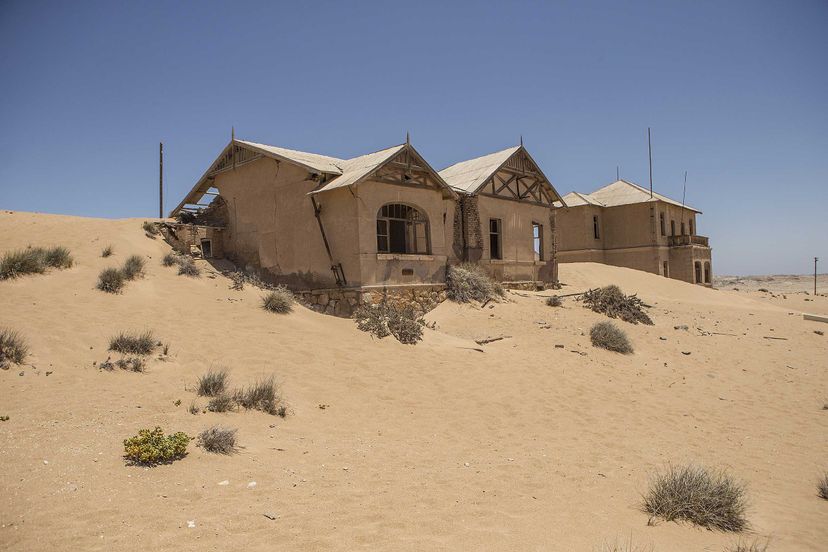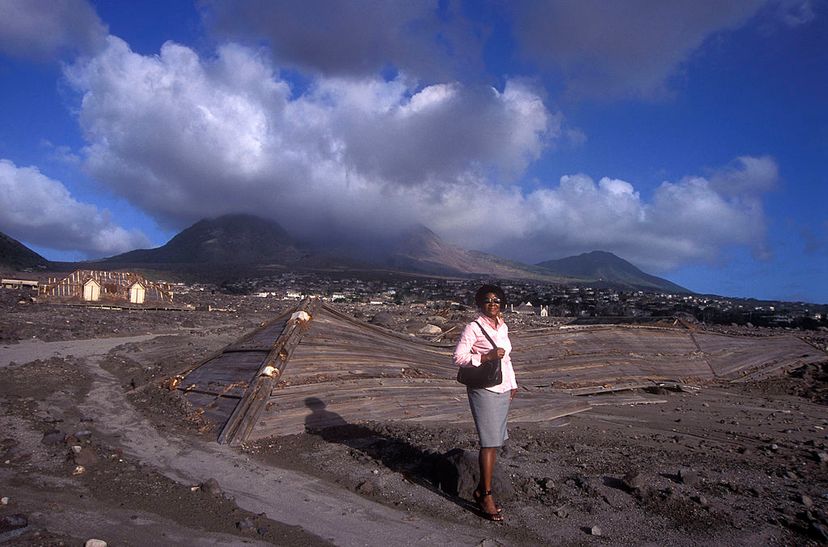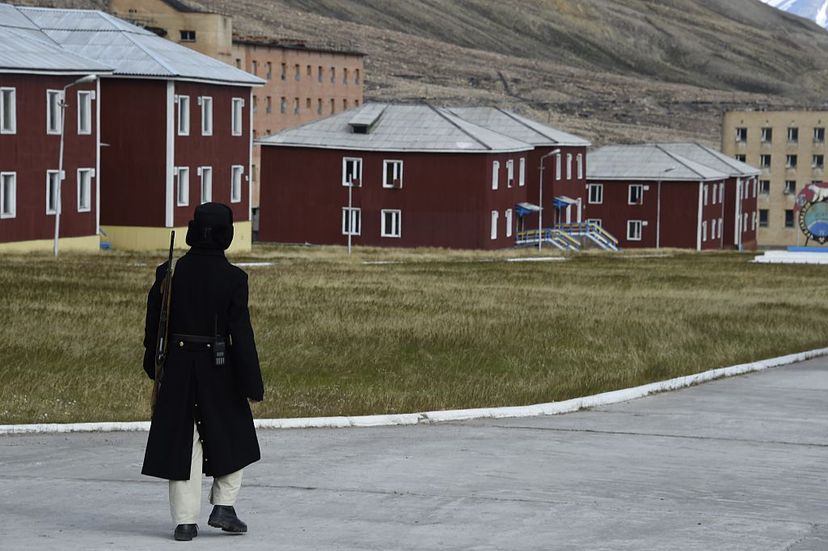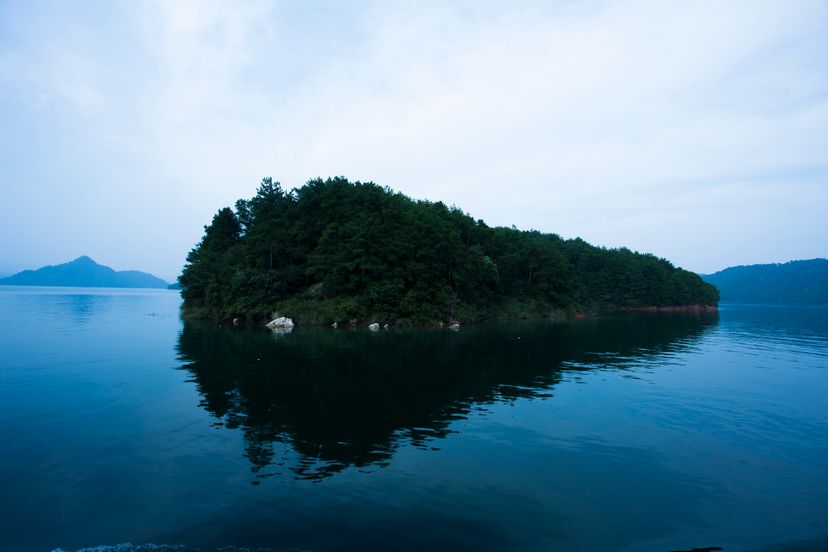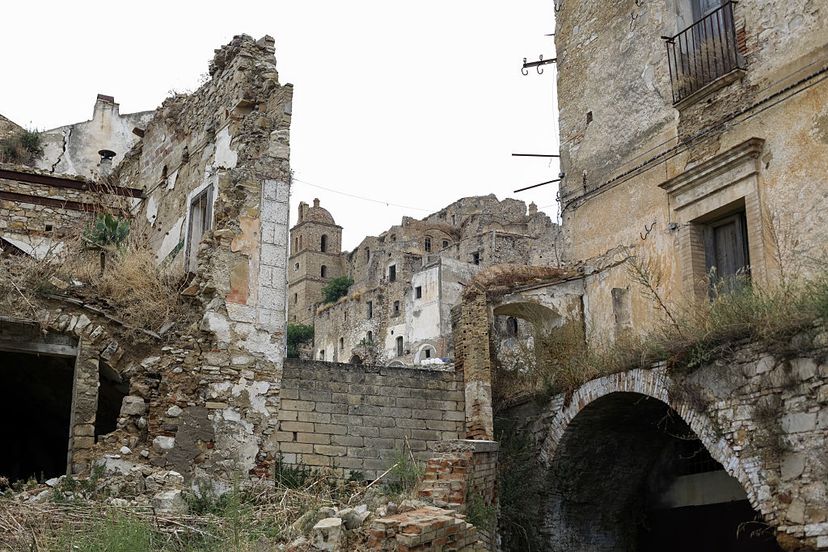
Filmmakers love Craco, Italy. "Passion of the Christ," "Saving Grace" and "Quantum of Solace" were all filmed here. But the ancient southern Italian town, founded around 540 C.E., is not attractive to filmmakers because it features a pristine beach or a bustling city center. No, filmmakers love it because it's a mysterious, rather forlorn, abandoned city [source: Hill].
For centuries, Craco was a prosperous place, featuring a university, four plazas and a monastery. But innumerable natural disasters — namely landslides, flooding and earthquakes — slowly chipped away at the city's structures and residents' fortitude. Unable to compete against Mother Nature, Craco's final 1,800 residents left in 1963 [source: Hill].
Advertisement
Many people don't realize there are a fair number of cities like Cracos around the globe — places that have been abandoned by their citizenry, who often leave all of their possessions behind when they evacuate. Residents flee these places for a variety of reasons, often because of natural disasters, but sometimes because of manmade ones, too. If you choose to visit some of these locales, you'll see dozens or even hundreds of impressive, but lonely, structures that offer hints of their glorious pasts.
Enjoy the creepy fascination of a deserted town? Then check out these 10 spots and start planning your visits.
